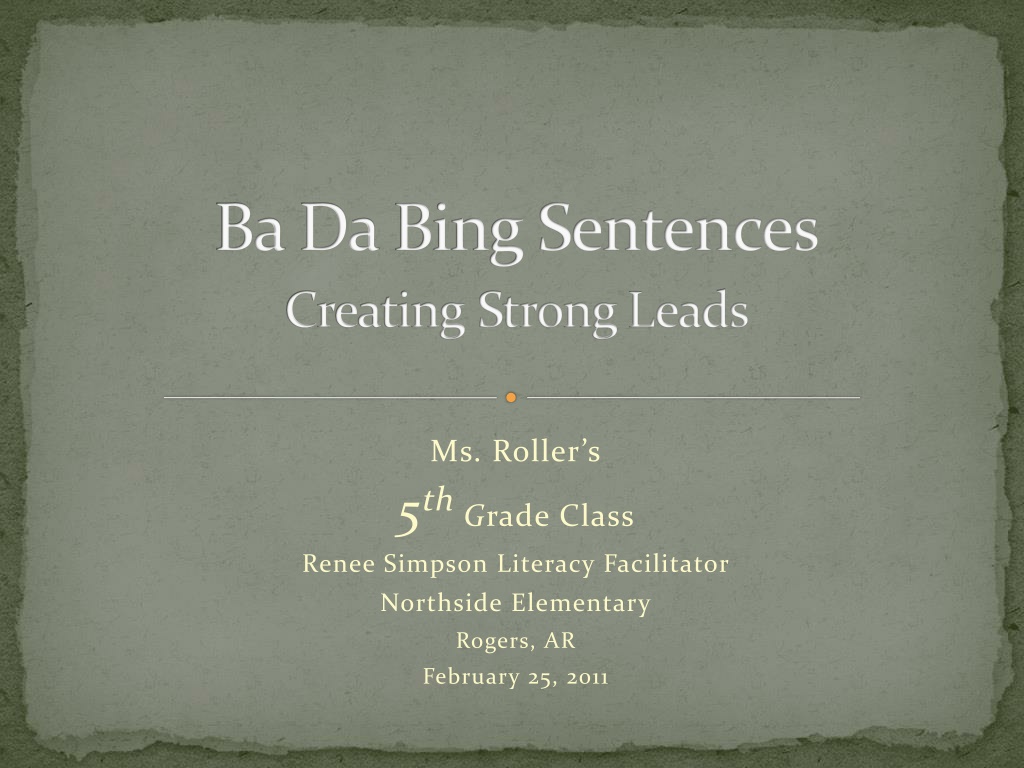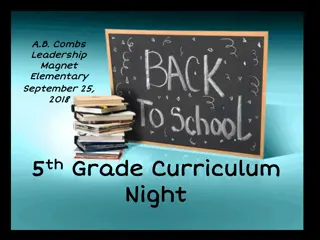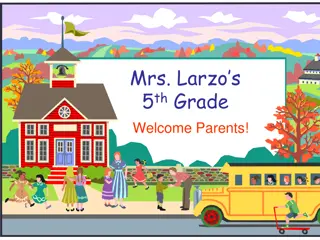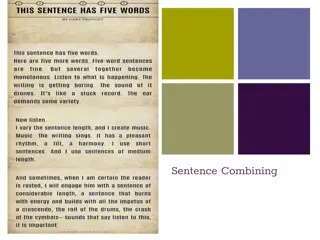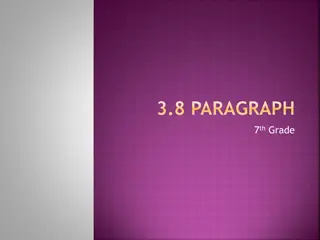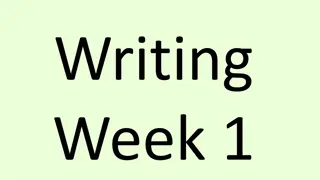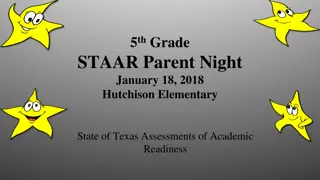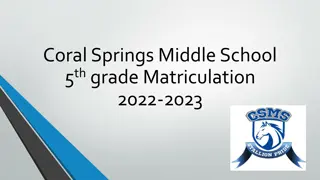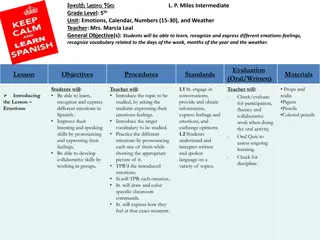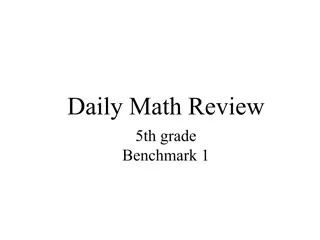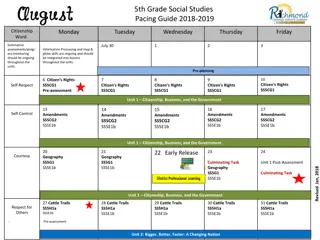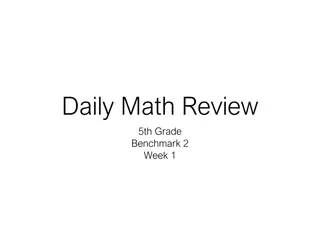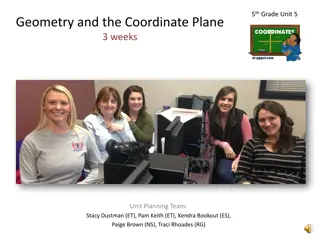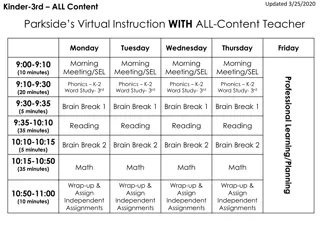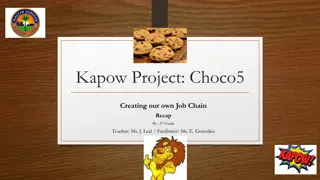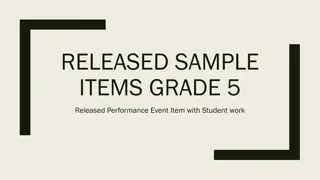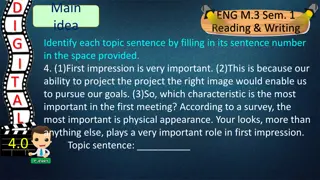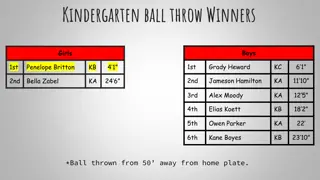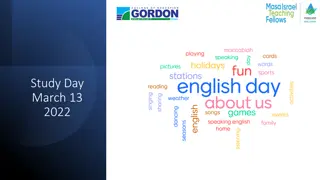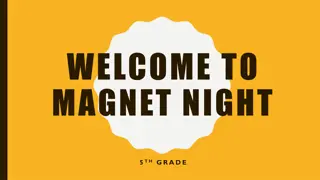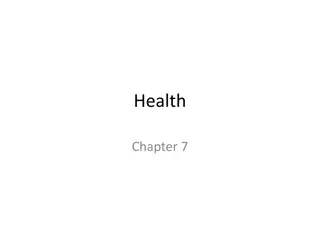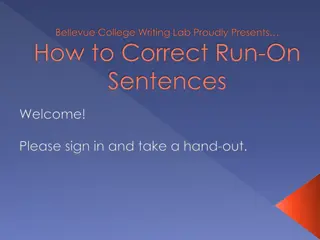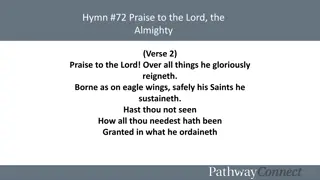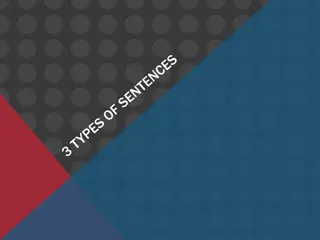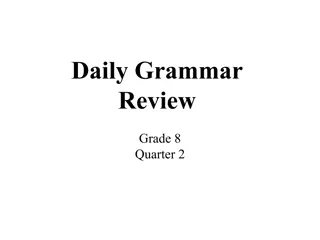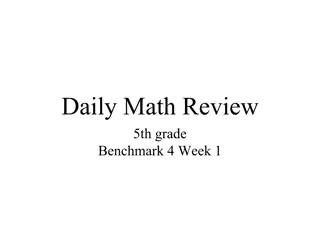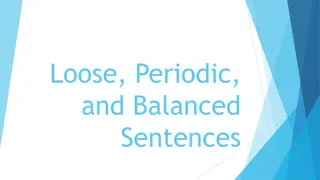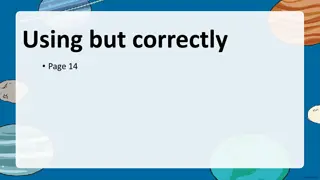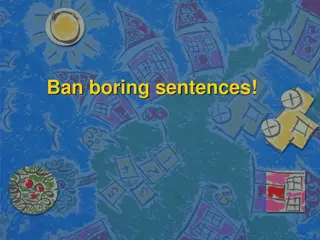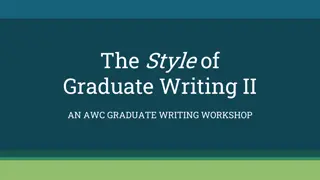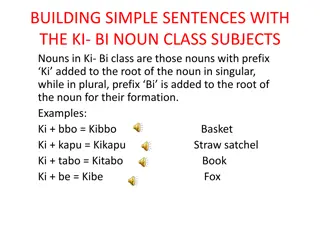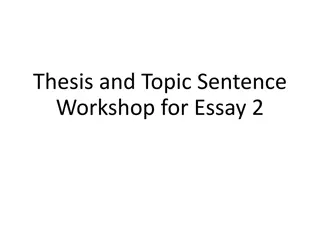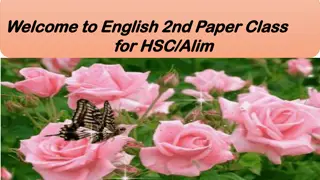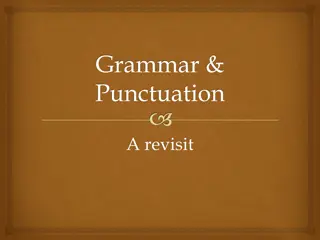Enhancing Writing Skills Through BaDaBing Sentences in 5th Grade Class
Engage students in creating strong leads by implementing the GANAG structure and focusing on high-yield strategies like identifying similarities, using cooperative learning, and setting clear objectives. The lesson led by Ms. Simpson at Northside Elementary introduces the concept of strong leads, prompting students to apply their knowledge of complete sentences to enhance their writing skills. Through interactive activities, students learn to craft effective lead sentences, culminating in practicing BaDaBing Lead Sentences in various formats.
Download Presentation

Please find below an Image/Link to download the presentation.
The content on the website is provided AS IS for your information and personal use only. It may not be sold, licensed, or shared on other websites without obtaining consent from the author. Download presentation by click this link. If you encounter any issues during the download, it is possible that the publisher has removed the file from their server.
E N D
Presentation Transcript
BaDaBing Sentences Creating Strong Leads Ms. Roller s 5thGrade Class Renee Simpson Literacy Facilitator Northside Elementary Rogers, AR February 25, 2011
Purpose of the GANAG Structure To give students the opportunity to actively use the nine high-yield strategies: (2) Identifying Similarities and Differences (7) Cooperative Learning (8) Setting Objectives and Providing Feedback (3) Summarizing and Note Taking (4) Reinforcing Effort and Providing Recognition (9) Generating and Testing Hypotheses (5) Homework and Practice (10) Cues, Questions and Advance Organizers (6) Nonlinguistic Representations
3. A= Access Prior Knowledge Ms. Simpson began: Hello. Working on making sentences. Fun to do. Waiting for homework. Wonder homework. Ideas? Begin now. PROBLEM? The students looked amused and confused. Students- You are not talking in sentences.
4. G= Goal I can create a strong lead in my writing. W.4.5.7 Create an effective lead sentence for each paragraph by using such features as questions or exclamations W.7.5.5 Create a strong lead and conclusion Students were asked to score themselves .
5. N= New Information What is a lead? What are the features of a good lead? We are going to need to use what we know about complete sentences to help us write strong leads. The class used text from a previous lesson to review parts and types of sentences.
6. N= New Information Students, circled, underlined and highlighted.
7. N= New Information Ba Da Bing Sentences The students viewed Barry Lane video clip #3: Create Unique Sentences Hooked on Meaning by Barry Lane
8. N= New Information An anchor chart was created with the students.
N= New Information 9. The class practiced writing Ba Da Bing Lead Sentences using three variations (three sentences, two sentences, and one sentence).
10. N= New Information Student s collaborated with the whole group to create Ba Da Bing sentences.
11. N= New Information
A= Apply Knowledge 12. (Prior to the lesson, the students were asked to write a lead sentence on a post-it note.) Copy your lead sentence on the before line. Use what you have learned today to rewrite your lead sentence on the after line.
15. G= Generalize the Goal Students revisited the goal and then scored themselves again.
Student Use of the High Yield Strategies
Ms. Simpsons Reflections (3) Summarizing and Note Taking Slide 5, 6, 9-11 (4) Reinforcing Effort and Providing Recognition Slide 10 (5) Homework and Practice Slide 10- 14
(6) Nonlinguistic Representations Slide 8 (8) Setting Objectives and Providing Feedback Slide 4, 15 (10) Cues, Questions and Advance Organizers Slide 3,5,6, 9-11
Ms. Simpson felt the students did not actively use these strategies. (2) Identifying Similarities and Differences (7) Cooperative Learning (9) Generating and Testing Hypotheses
Ms. Simpsons reflections on how to incorporate student use of these strategies next time. (2) Identifying Similarities and Differences Ask the students to compare their before and after sentence. (7) Cooperative Learning Let students work with partners to complete part of the table. Ask the students, What would happen if we switched the order of the Ba Da Bing parts? (9) Generating and Testing Hypotheses
Marzano, R. J., Pickering, D. J., & Pollock, J. E. (2001). Classroom instruction that works: Research-based strategies for increasing student achievement. Alexandria, VA: Association for Supervision and Curriculum Development. Pollock, J. E. (2007). Improving student learning one teacher at a time. Alexandria, VA: Association for Supervision and Curriculum Development. Pollock, J. E., & Ford, Sharon M. (2009). Improving student learning one principal at a time. Alexandria, VA: Association for Supervision and Curriculum Development.
